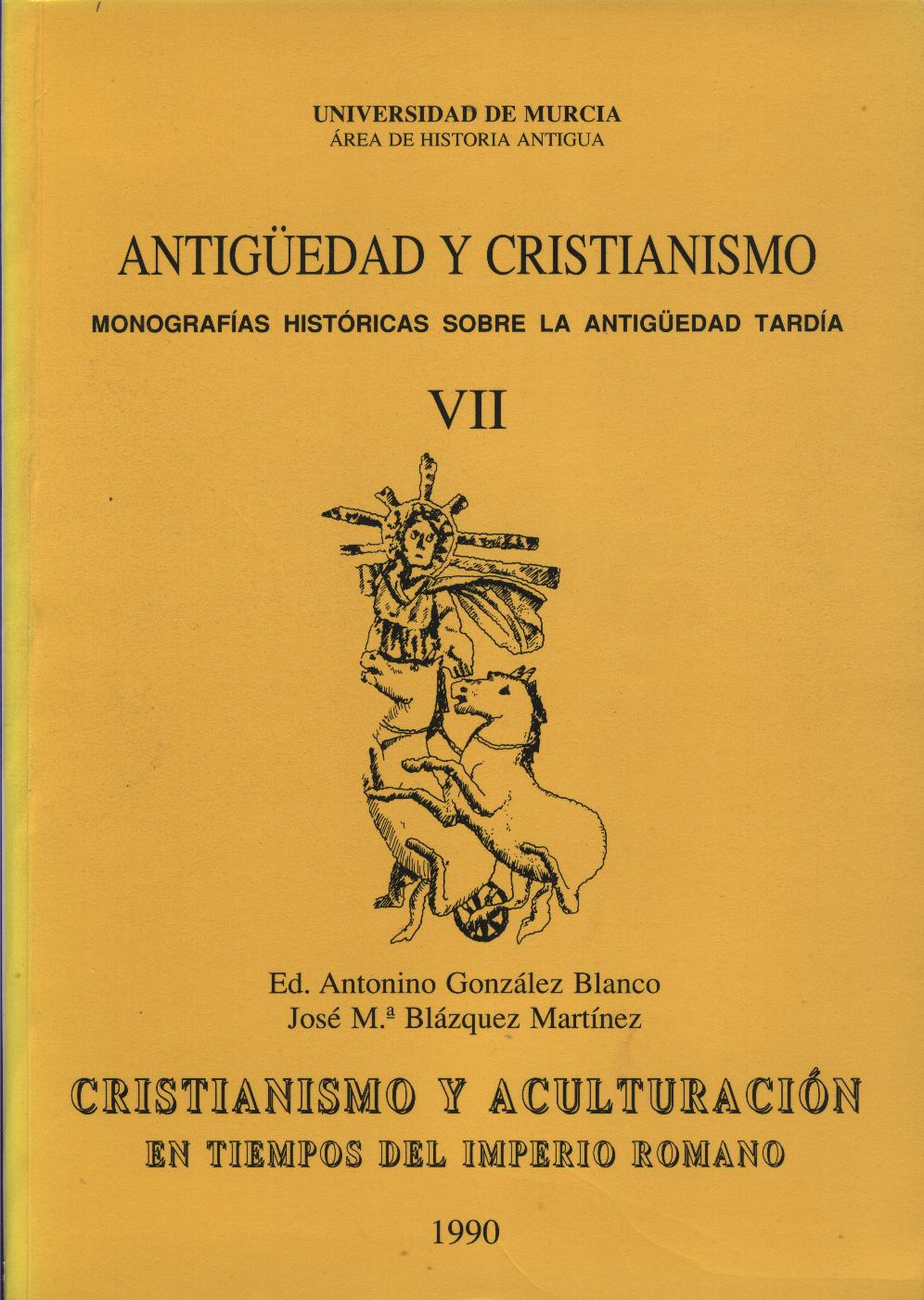La tonsura como objeto de reglamentación canónica en las diócesis de occidente
Abstract
The subject of tonsure entered into the christian literature towards the middle of fourth century and it takes root during the fifth and sixth centuries. This article brings together the data related to the subject of hair in the pre-christian era, such as Biblical and Hellenistic-Roman references. It is during the middle of the fourth century when, with the intention of defining the forms of behaviour which distinguish the Christians from the pagans, it is taken into account the hair style. First the monks, and shortly afterwards the secular clergy, enter into the theme. The criterium which directs them to adopt this position emanates from a tradition which the Liber Pontificalis dates to the second century during the papacy of S. Anicetus. Vague references to the subject appear in the Synod of Gangra and in the fourth Synod of Carthage in the fourth century, and in the fifth century in the council of Angers and in the first Irish Synod. Tonsure is also mentioned in the second council of Toledo and the second Council ef Braga in the sixth century and, in the seventh century, its undisputed use is mentioned in the fourth Council of Toledo. Hispania plays an important role in its development.
Downloads
-
Abstract319
-
PDF (Español (España))1034
1. The authors non-exclusively assign the exploitation rights (reproduction, distribution, communication and transformation) to the magazine.
2. The works published in this magazine are subject to the Attribution-ShareAlike 4.0 International license (CC By SA 4.0). Therefore, they can be copied, used, disseminated, transmitted and publicly displayed, provided that:
i) the authorship and the original source of its publication (journal, editorial and URL of the work) are cited, thus allowing its recognition.
ii) it is allowed to remix, transform or create from the material while maintaining the same license as the original.
Note: Articles prior to 2022 incorrectly display the CC by SA license in the abstract page. They are under a CC by NC ND license as embedded in the article pdfs. Articles published in 2022 and after are under the CC by SA license.

3. Self-archiving conditions. Authors are allowed and encouraged to electronically disseminate the pre-print (version before being evaluated) and/or post-print (version evaluated and accepted for publication) versions of their works before publication, as it favors their publication. Earlier circulation and diffusion and with it a possible increase in its citation and reach among the academic community. Color RoMEO: verde.
























